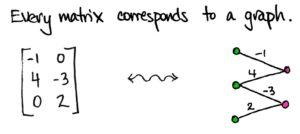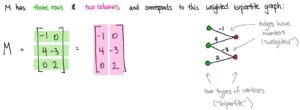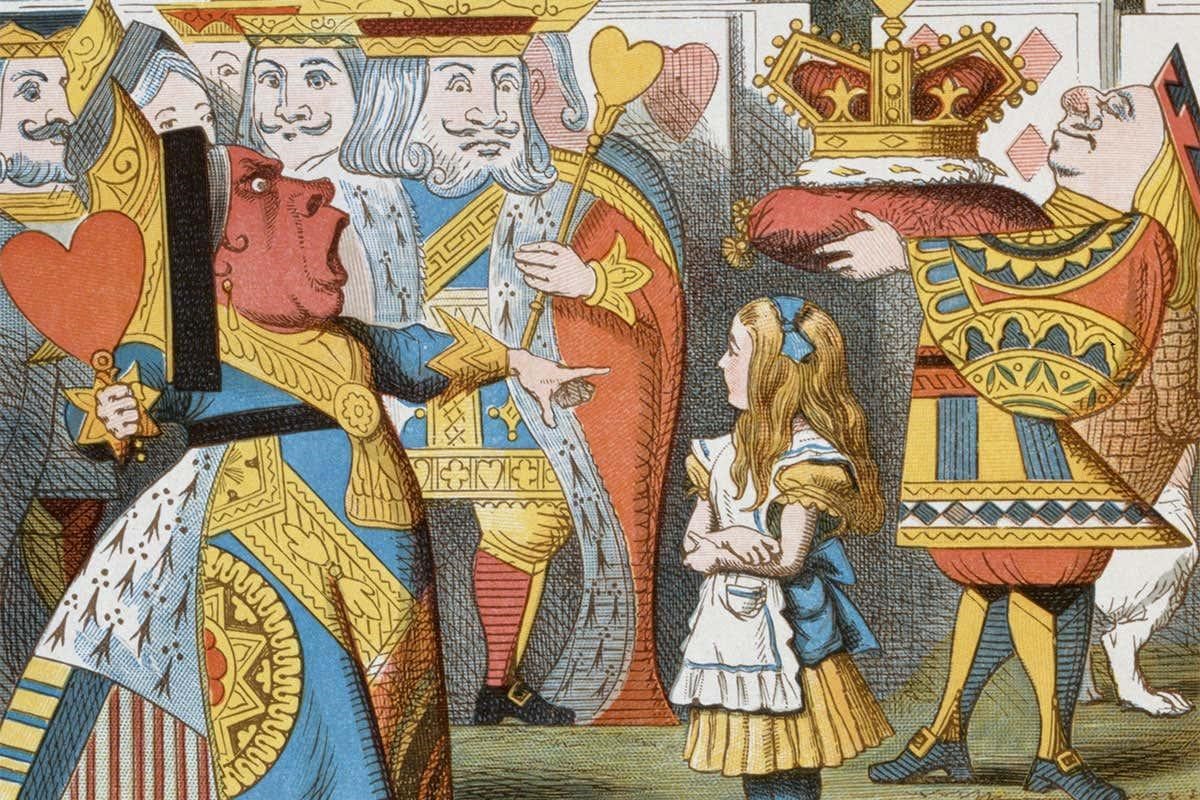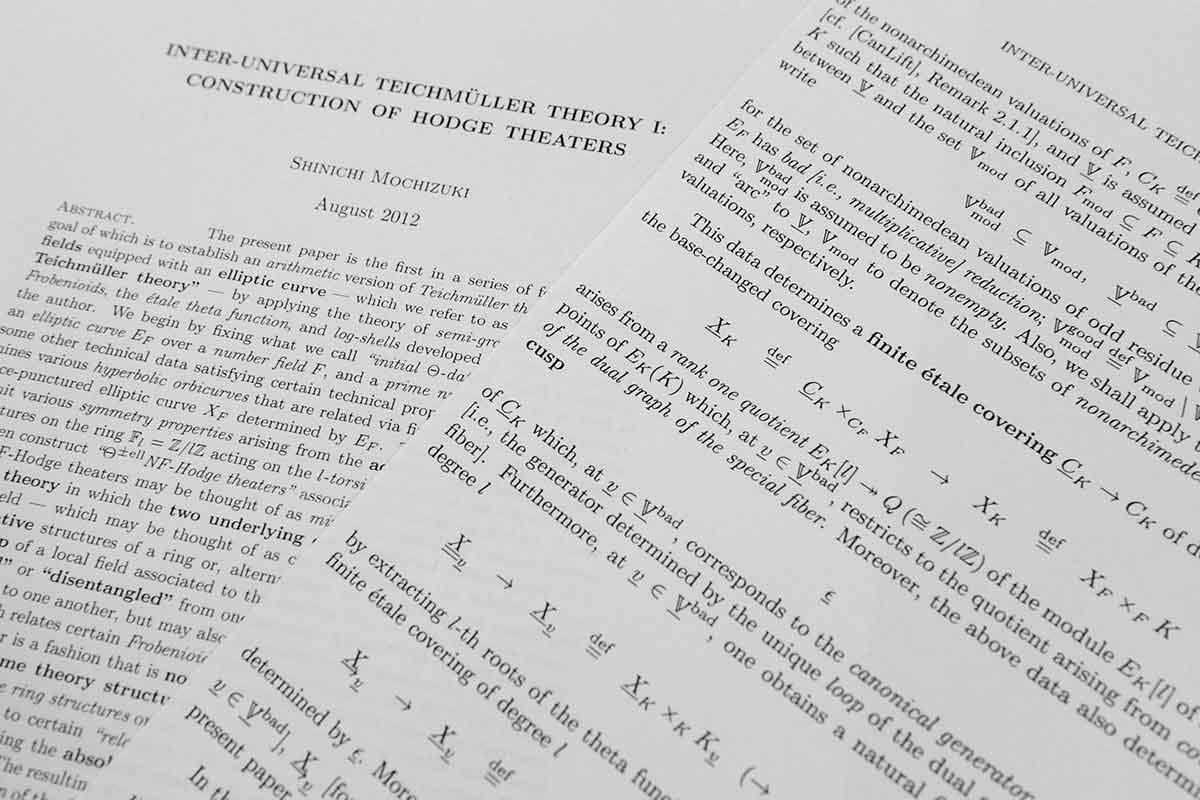The number 33 has surprising depth
Add three cubed numbers, and what do you get? It is a question that has puzzled mathematicians for centuries.
In 1825, a mathematician known as S. Ryley proved that any fraction could be represented as the sum of three cubes of fractions. In the 1950s, mathematician Louis Mordell asked whether the same could be done for integers, or whole numbers. In other words, are there integers k, x, y and z such that k = x3 + y3 + z3 for each possible value of k?
We still don’t know. “It’s long been clear that there are maths problems that are easy to state, but fiendishly hard to solve,” says Andrew Booker at the University of Bristol, UK – Fermat’s last theorem is a famous example.
Booker has now made another dent in the cube problem by finding a sum for the number 33, previously the lowest unsolved example. He used a computer algorithm to search for a solution:
33 = 8,866,128,975,287,5283 + (-8,778,405,442,862,239)3 + (-2,736,111,468,807,040)3
To cut down calculation time, the program eliminated certain combinations of numbers. “For instance, if x, y and z are all positive and large, then there’s no way that x3 + y3 + z3 is going to be a small number,” says Booker. Even so, it took 15 years of computer-processing time and three weeks of real time to come up with the result.
For some numbers, finding a solution to the equation k = x3 + y3 + z3 is simple, but others involve huge strings of digits. “It’s really easy to find solutions for 29, and we know a solution for 30, but that wasn’t found until 1999, and the numbers were in the millions,” says Booker.
Another example is for the number 3, which has two simple solutions: 13 + 13 + 13 and 43 + 43 + (-5) 3 . “But to this day, we still don’t know whether there are more,” he says.
There are certain numbers that we know definitely can’t be the sum of three cubes, including 4, 5, 13, 14 and infinitely many more.
The solution to 74 was only found in 2016, which leaves 42 as the only number less than 100 without a possible solution. There are still 12 unsolved numbers less than 1000.
For more such insights, log into www.international-maths-challenge.com.
*Credit for article given to Donna Lu*






